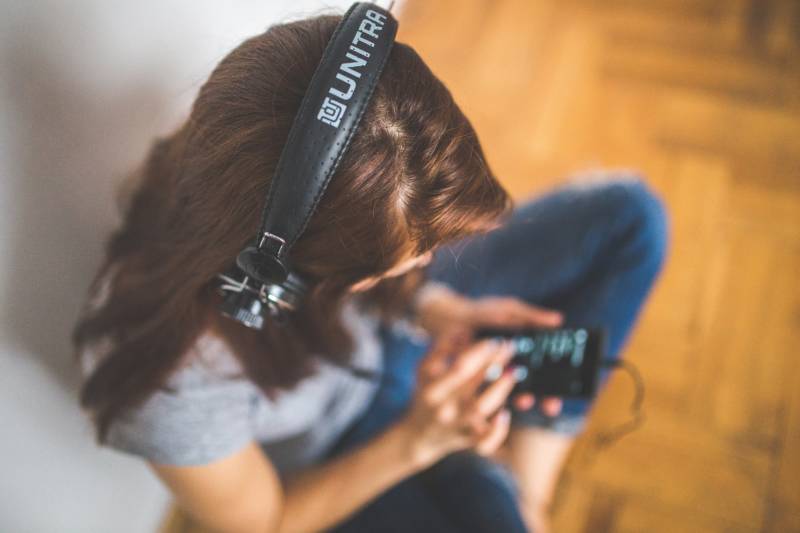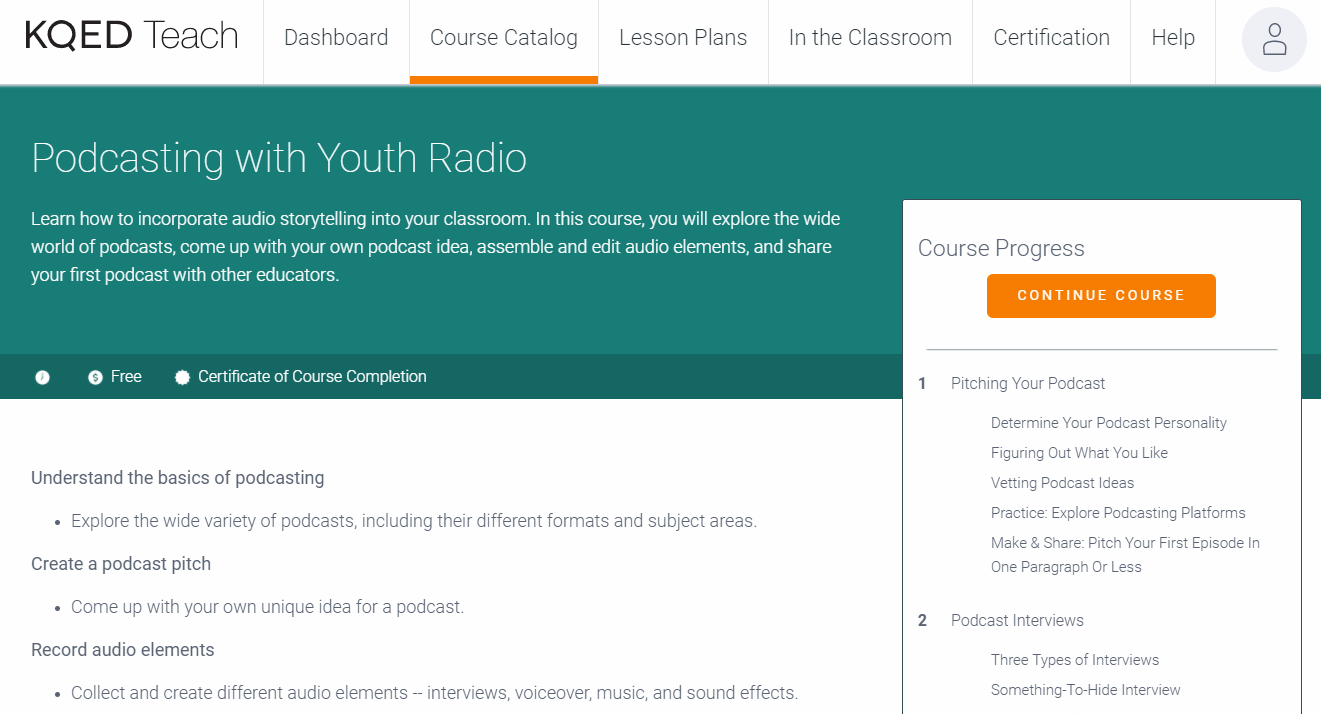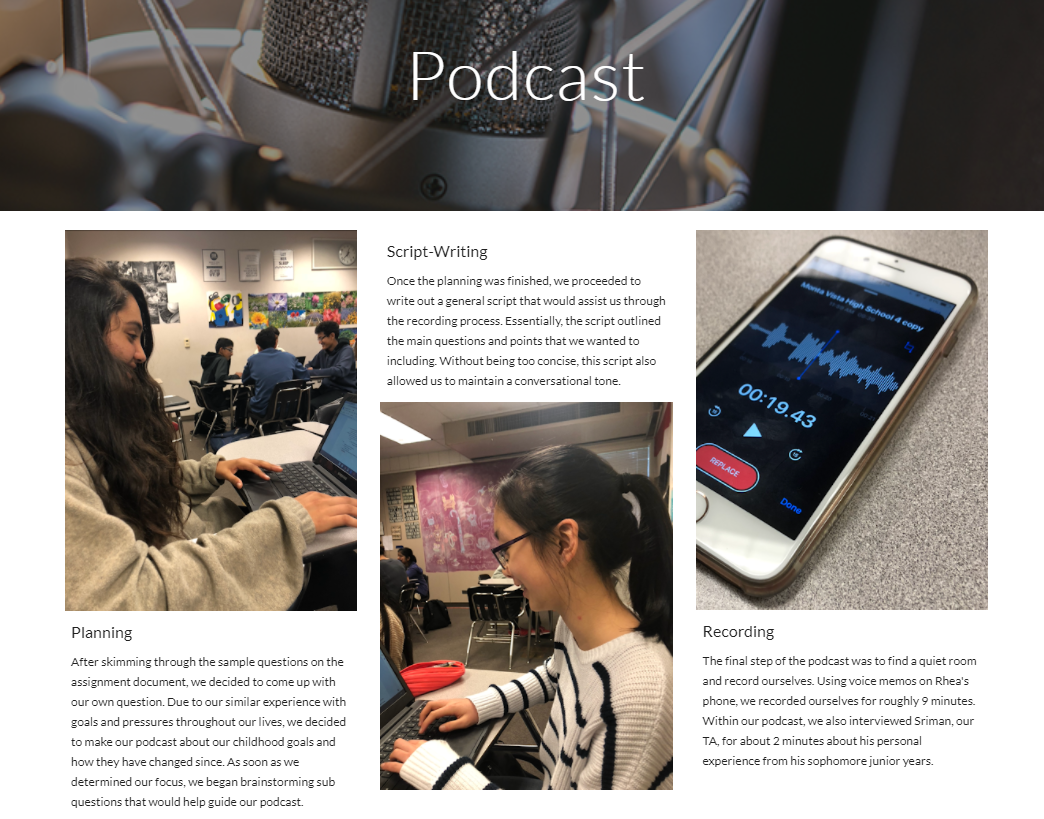When I first taught personal narrative in my freshmen Literature and Writing course last year I planned a traditional unit. I practiced descriptive writing techniques by having them listen to the first five minutes of Saving Private Ryan without the screen visible, noting what they expected to see based on the sounds they were hearing. I then showed them the movie again with just the picture and no sound, and had them reflect on whether their expectations were met by the visuals. We then spent time creating a visual paragraph to describe the first five minutes of the movie to a person who had never seen it, taking into account their experience of listening versus viewing. Students struggled with this exercise because it was difficult to include the auditory as well as the visual component into their writing. Descriptive writing, at its very core, asks to incorporate the use of the five senses when appropriate. This exercise took my students, who were very used to only writing about what they could see, out of their comfort zones.
In the two weeks I had allotted for the personal narrative unit, I tried my best to teach my students how to reflect on and write about a personal experience in a descriptive way. I wanted them to illustrate to a reader not only the sensory details of the experience, but also a lesson they learned or a moment of personal growth.
At the end of the unit, I was faced with the stark reality that I had failed to achieve this goal. My students had difficulty conveying their personal narratives in an immediate way to the reader. Asking my students to incorporate visual and figurative language while telling a personal story was an immense task because often they were writing about an experience they fully did not comprehend themselves because of their young age. Without the aid of reflection, or the ability to communicate the experience to another person, the narratives often lacked the hallmark emotional intensity and reality that are trademark characteristics of the writing. Regardless of my good intentions and the hard work of both my students and myself, the idea of personally connecting to an experience and communicating a broader lesson from that experience proved too complex and difficult for my ninth grade students.
As I approached the narrative writing unit this year, I decided to make changes. With the agreement of my PLC, I moved the unit to the spring and in December went on KQED Teach for inspiration as to how I could help my students learn how to communicate a narrative about their own experiences. It did not take me long to discover the KQED Teach course on podcasting.



